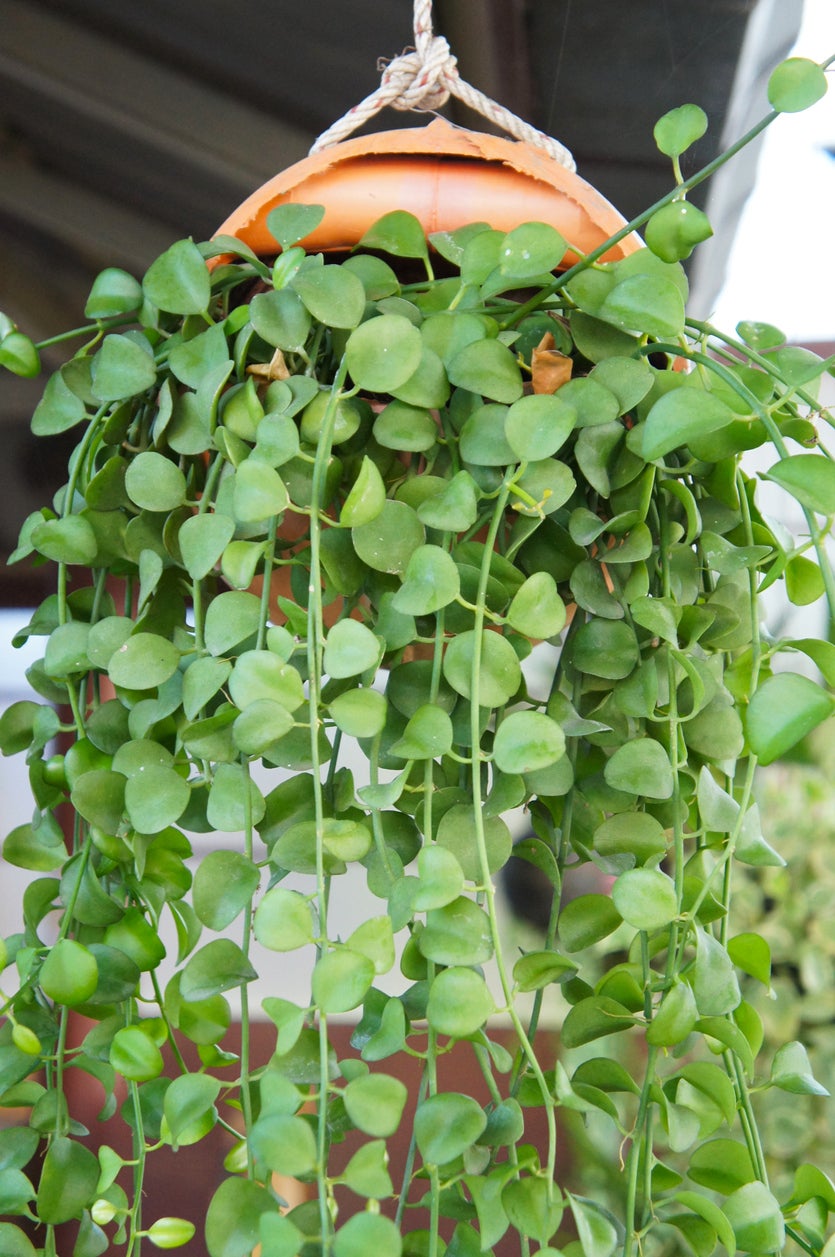String Of Nickels Plant Info: How To Grow String Of Nickels Succulents


String of nickels succulents (Dischidia nummularia) get their name from their appearance. Grown for its foliage, the tiny round leaves of the string of nickels plant resemble small coins dangling on a cord. The leaf color can vary from pale green to a bronze or silvery tone.
The string of nickels plant is native to tropical regions of India, Asia, and Australia. Also called the button orchid, they are a type of epiphyte or air plant. In their natural setting, string of nickels grow on branches or tree trunks and rocky terrain.
Growing String of Nickels in the Home or Office
As a vining succulent, string of nickels makes an attractive and easy-to-care-for hanging basket. The cascading vines can grow quite long as they trail down over the edge of the pot. Although they do frequently flower, the yellow or white blossoms are quite small and not very noticeable.
String of nickel succulents can also be mounted to a piece of bark or clump of moss for an interesting tabletop display. They can be grown outside during summer months, but are valued as indoor plants in both office settings and for home interior design.
How to Grow String of Nickels
Due to its low light requirements, growing string of nickels indoors is easy. They prosper near east, west, or north facing windows and under artificial lights. They love humid environments, so kitchens and bathrooms provide an ideal setting.
When grown outdoors, string of nickels succulents prefer filtered light and are perfect for hanging baskets grown under covered patios and porches. They are delicate and need protection from direct sun and strong winds. String of nickels are tropical plants, thus, they’re not tolerant of frost. These succulents grow best between 40 and 80 degrees F. (4-27 C.) and are winter hardy in USDA zones 11 and 12.
It's advisable to keep a string of nickels plant evenly moist, but avoid overwatering. It's also recommended to annually repot string of nickels. Care should be taken to use a light potting medium, such as orchid mix or shredded bark, and not standard potting soil. Fertilizing isn't necessary, but houseplant food can be applied during the growing season.
Sign up for the Gardening Know How newsletter today and receive a free copy of our e-book "How to Grow Delicious Tomatoes".
Lastly, prune the stems to shape and control the growth of the sting of nickels plant. They are easily propagated from stem cuttings. After snipping, let the stem cuttings dry for a day or two. The cuttings can be rooted on moist sphagnum moss before potting.

Laura Miller has been gardening all her life. Holding a degree in Biology, Nutrition, and Agriculture, Laura's area of expertise is vegetables, herbs, and all things edible. She lives in Ohio.